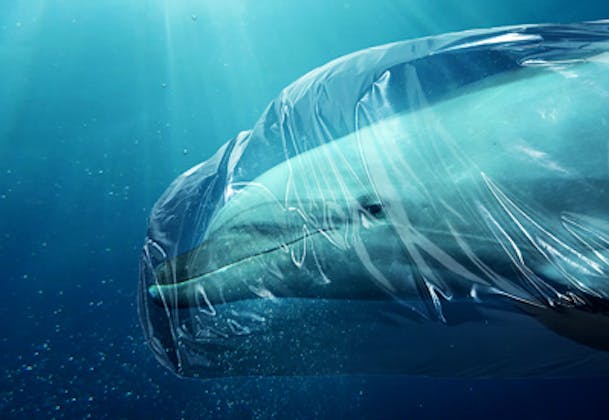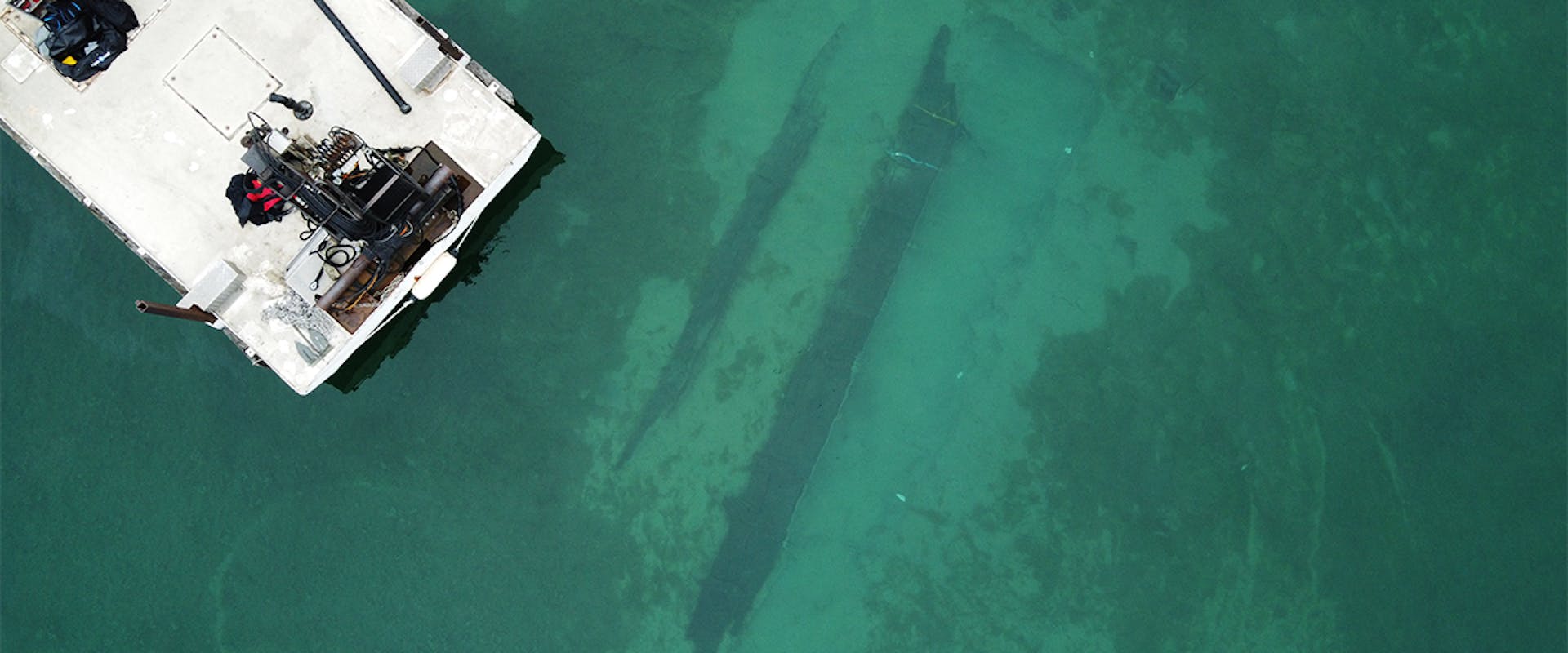Related Press

7 April 2021
Next-generation sensor to measure the amount of microplastics in our oceans
EU-funded NAUTILOS project: CSEM engineers are developing a sensor that can continuously detect and measure the concentration of microplastics in our seas and oceans....

14 September 2021
LISA gravitational wave space observatory
CSEM is testing a special laser developed by NASA for the Laser Interferometer Space Antenna (LISA) mission....

31 May 2023
CSEM collaborates with innovative Swiss start-up MOMM Diagnostics to introduce revolutionary preeclampsia test
A cutting-edge point-of-care solution for preeclampsia diagnostics has been developed by the two partners: the system resembles a pregnancy test with electronic result analysis and allows a rapid diag...
